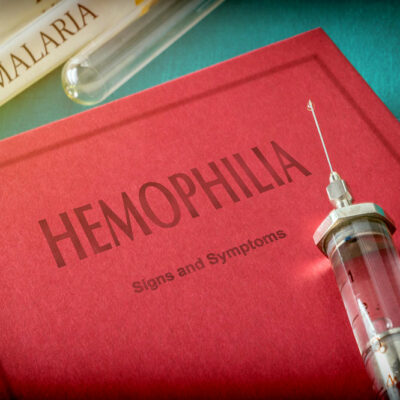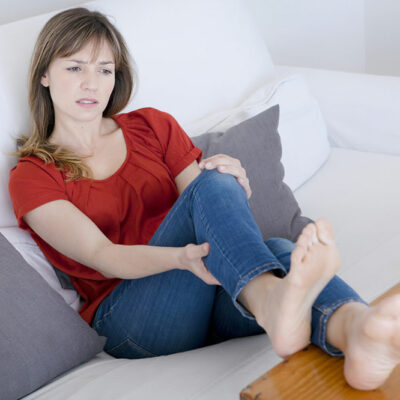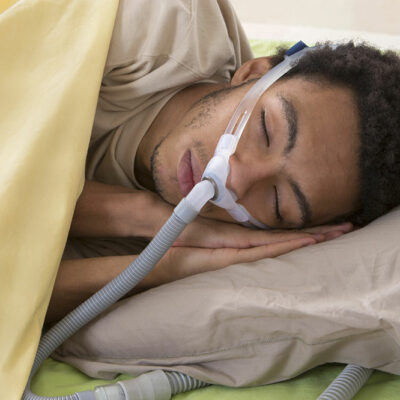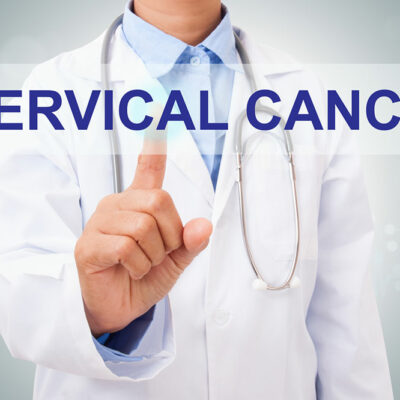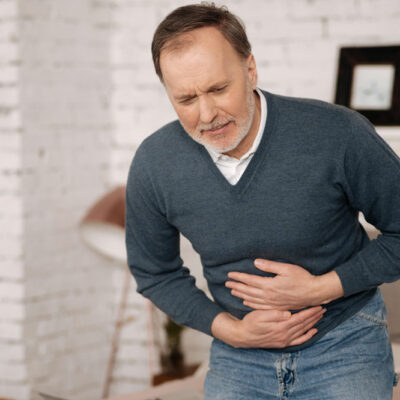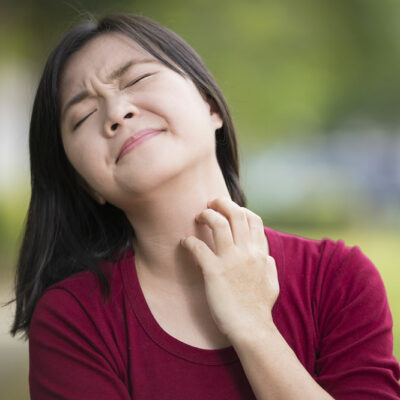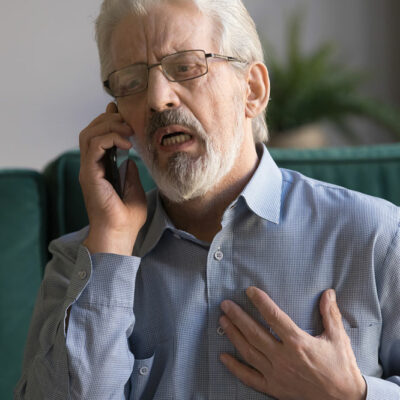
Health
6 Lesser Known Symptoms of PAH
Pulmonary arterial hypertension or PAH is a progressive condition, and its symptoms may be mild or may be attributed to some health problems. Here, you will learn about some of the lesser known symptoms of PAH, which are often overlooked or misdiagnosed. 1. Shortness of breath Shortness of breath is one of the lesser-known symptoms of PAH. As the walls of the arteries narrow and tighten, pressure in the lungs rises, leading to symptoms like shortness of breath. This may happen when you climb the stairs, walk uphill, or while doing some physical chores. The once easy-to-do tasks may seem difficult to do, leaving you completely breathless. 2. Fatigue or tiredness With PAH, the lungs cannot get enough blood, and in turn, your body and brain are unable to receive enough oxygen. This lack of oxygenated blood makes it difficult to carry out tasks, making you tired earlier than before. A person may start taking breaks in between even to complete the daily chores. 3. Chest pressure The increased pressure in the heart and arteries may also cause chest pressure or pain. This happens especially when you are exercising or doing any strenuous activity. This symptom is often misdiagnosed for some other heart conditions.
Read More 